Prince Arthur Tudor was the elder son of King Henry VII of England and Elizabeth of York. Destined to become the first husband of Catherine of Aragon in years to come, he was born on the 20th of September 1486 at St Swithun’s Priory in Winchester, England. His birth cemented the union between the Houses of York and Tudor, and it was much celebrated throughout the whole kingdom. Henry VII wanted his heir to be born in the place that is believed to have been the capital of legendary Camelot, and Arthur was named after Camelot’s heroic monarch – King Arthur.
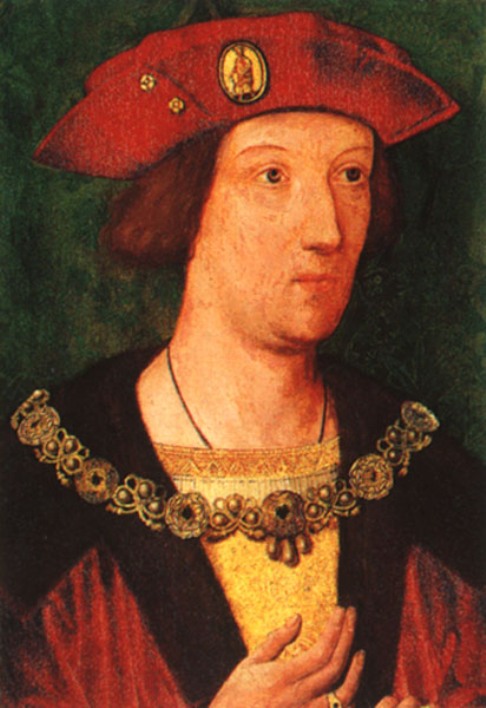
The truth of Arthur’s conception by his parents has been shrouded in mystery. His parents got married on the 18th of January 1486, and historians cite evidence of a loving, happy marriage between them. Over the centuries, some have wondered whether Elizabeth of York and Henry VII could have been intimate before their wedding because Arthur was born 8 months after the event. Some even go as far as saying that she could have been in love with her uncle, King Richard III of England, which looks odd and, frankly speaking, unbelievable. I do not believe that Elizabeth of York committed incest and could even consider Richard as a potential lover.
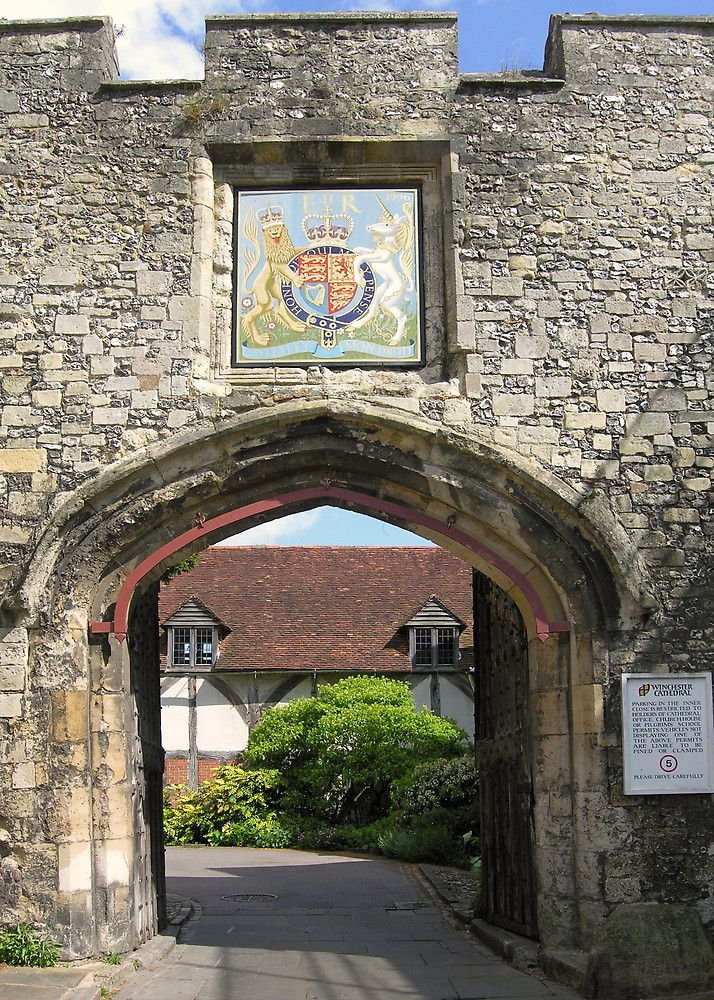
Arthur’s date of birth cannot be used as credible evidence that his parents were lovers before the wedding. Some children might be born premature, and I think that it was the case with Arthur. Arthur Tudor became Duke of Cornwall at birth, and in four days after his birth, he was baptized at Winchester Cathedral by the Bishop of Worcester, John Alcock, in a lavish ceremony. His godparents were: John de Vere, 13th Earl of Oxford; Thomas Stanley, 1st Earl of Derby; William FitzAlan, 16th Earl of Arundel; Dowager Queen Elizabeth Woodville; and Cecily of York. The ceremony was designed and arranged by his paternal grandmother Lady Margaret Beaufort, with tapestries, carpets, and the font placed on a raised stage so that the crowds could see the child. Arthur’s maternal ancestors – Elizabeth and Cecily – carried the prince during the ceremony.
Prince Arthur was viewed by his contemporaries as the great hope of the newly established Tudor dynasty. King Henry VII, his beloved wife Elizabeth of York, Lady Margaret Beaufort, and all others hoped that his future reign would be a Golden Age for England and for the Tudor dynasty. By naming his son Arthur, Henry VII was sending an obvious signal to everyone that under his family the country would return to the glorious days of ancient Camelot. They could not predict at the time that Arthur would perish earlier than his parents would, and, just as it happened often back then, astrologers gave bright, yet incorrect, prophecies about Arthur’s future.
Arthur was created Prince of Wales in 1490. At the age of 3, Arthur was created knight of the Bath, and in 1491 he was made a knight of the Garter. Arthur grew up in Farnham in Surrey: this place was chosen because it was located close enough to London for his parents to visit him, yet far enough from the virulent and infectious illnesses that often ravaged the capital. Just as King Edward IV had done years ago, Henry VII set up the Council of Wales and Marches for Arthur in Wales in order to enforce the royal authority there and to cement Arthur’s status as an heir to the throne. The Council was led by Jasper Tudor, Duke of Bedford and the king’s own uncle.
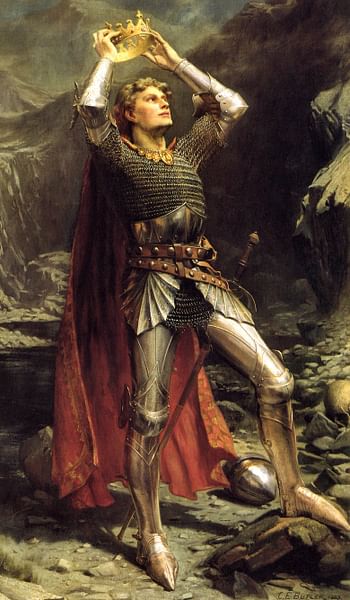
As all bright hopes of the nation rested upon Arthur, England’s golden prince. The boy was assigned a household to care for him 2 years after his birth in the care of Elizabeth Tyrrell, Lady Darcy, who had served as chief nurse for Edward IV’s children, including Arthur’s own mother. The prince was given impeccable and rigorous education as he grew up, first under his chaplain, John Rede (a politician and member of the court staff). Later, the poet laureate, Bernard André (a French Augustinian friar and poet), became the boy’s tutor, and André commended his knowledge in literature, especially his interest in the works of Latin and Greek authors. Sir Henry Vernon was governor and treasurer to Prince Arthur, who seemed to have been a gifted and clever boy.
The historical tradition is that Arthur was not a strong child, although there is no proof of it. He may have been not as robust as his younger brother Henry, Duke of York (future King Henry VIII), but I think he was still strong enough and is believed to have acquired good skills in archery. Arthur was not quite fond of sport, tournaments, and physical activities. Probably, the prince had a quiet and contemplative personality – I imagine him so. Instead Arthur’s strengths lay in his high intelligence and his excellent education. Arthur had a scholarly character and a fine literary taste, and according to his tutors, he was an outstanding classical scholar. Had Arthur lived for longer and succeeded his father, he could have demonstrated his competence as a ruler. While at Ludlow, Arthur participated in the governing of Wales, and he was successful in this.
Arthur was described by some contemporaries as a handsome teenager with trademark Tudor reddish hair and a high-bridged nose. He was called a delicate and gentle young man, but I do not think that “delicate” means “sickly” and “weak.” Most likely, Arthur was delicate and gentle in his manners and his character. The popular belief that Arthur was sickly during his lifetime actually is caused by a misunderstanding of a 1502 letter about his death. Moreover, it fitted the Spanish narrative of him being a weak and frail prince because it was important to cultivate this belief after Arthur’s untimely demise. However, there are no reports of Arthur being ill during his lifetime.
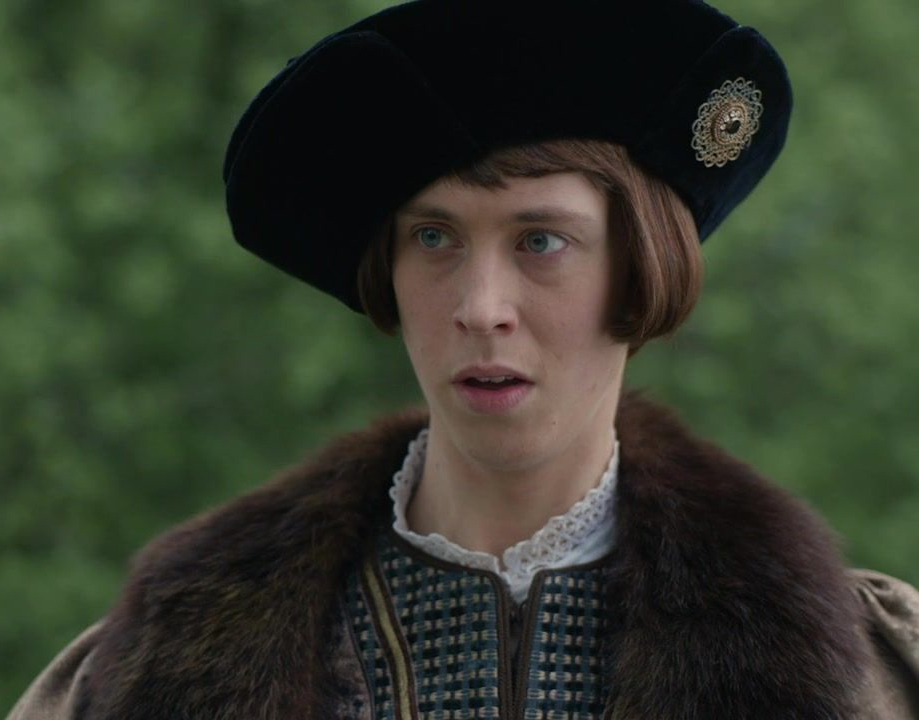
Negotiations about Arthur’s marriage to Catherine of Aragon began when the boy was a boy of two. They ended when the Treaty of Medina del Campo was signed on the 27th of March 1489, and it was agreed that Catherine’s dowry would be 200,000 crowns. According to this document, Arthur and Catherine were supposed to marry as soon as they reached a marriageable age. It was a mutually beneficial arrangement: for King Ferdinand of Aragon and Queen Isabella of Castile (the Catholic monarchs), Catherine’s union with the English heir apparent secured Spain’s alliance with England against France, whereas Henry VII benefited from an international alliance with Spain while also gaining an official international recognition of the Tudor dynasty.
On the 19th of May 1499, a marriage by proxy took place at Tickenhill Manor in Bewdley, near Worcester. Dressed in rich garments, Arthur was accompanied by his large household and the Bishop of Lincoln, who presided over the ceremony. Prince Arthur and the Spanish ambassador, Rodrigo González de la Puebla, who acted as proxy for Catherine who was still in Spain, joined hands to cement the union. On that day, Arthur allegedly told de la Puebla:
“He much rejoiced to contract the marriage because of his deep and sincere love for the Princess.”
Catherine and Arthur corresponded. After the wedding by proxy, they exchanged letters back and forth, each written in Latin in official, but affectionate tone. In a letter dated October 1499, Arthur referred to his future bride as ‘my dearest spouse,’ and in the same letter he wrote:
Most illustrious and most excellent lady, my dearest spouse, I wish you very much health, with my hearty recommendation.
I have read the sweetest letters of your highness lately given to me, from which I have easily perceived your most entire love to me. Truly those your letters, traced by your own hand, have so delighted me, and have rendered me so cheerful and jocund, that I fancied I beheld your highness and conversed with and embraced my dearest wife. I cannot tell you what an earnest desire I feel to see your highness, and how vexatious to me is this procrastination about your coming. I owe eternal thanks to your excellence that you so lovingly correspond to this my so ardent love. Let it continue, I entreat, as it has begun; and, like as I cherish your sweet remembrance night and day, so do you preserve my name ever fresh in your breast. And let your coming to me be hastened, that instead of being absent we may be present with each other, and the love conceived between us and the wished-for joys may reap their proper fruit.
Moreover I have done as your illustrious highness enjoined me, that is to say, in commending you to the most serene lord and lady the king and queen my parents, and in declaring your filial regard towards them, which to them was most pleasing to hear, especially from my lips. I also beseech your highness that it may please you to exercise a similar good office for me, and to commend me with hearty good will to my most serene lord and lady your parents; for I greatly value, venerate, and esteem them, even as though they were my own, and wish them all happiness and prosperity.
May your highness be ever fortunate and happy, and be kept safe and joyful, and let me know it often and speedily by your letters, which will be to me most joyous. From our castle of Ludlow. 5th of October, 1499.
Your highness’ most loving spouse,
Arthur, Prince of Wales, Duke of Cornwall, etc.
Eldest son of the King.

The Spanish princess came to England on the 2nd of October 1501, landing at Plymouth. On the 4th of November 1501, the couple met each other for the first time at Dogmersfield House in Dogmersfield in Hampshire, where they stayed briefly. The original Dogmersfield House stood in parkland owned by the Bishops of Bath & Wells, but it was demolished in the 18th century, and then the present Georgian house built. The bride and her fiancé appeared to have liked one other because the prince wrote to Catherine’s parents a few days later that he would be ‘a true and loving husband.’ King Henry VII was impressed by Catherine’s beauty, her manner, and the way she carried herself. Arthur and Catherine did not have a shared language, and, hence, they spoke Latin in different dialects, just as they used this language for their correspondence.
When the royal procession reached London, everybody already expected their arrival. Large crowds of people gathered along the streets, church bells were ringing, and banners were hanging from the windows. Everything was ready for the sumptuous wedding. On the 14th of November 1501, the ceremony happened at Saint Paul’s Cathedral. Wearing a luxurious white gown, the young princess was received at the Galilee porch at the west end by a fanfare of trumpeters, and then Catherine walked down the nave to a waiting Arthur. The ceremony was conducted by Henry Deane, Archbishop of Canterbury, who was assisted by the Spanish legate, as well as 19 bishops and mitred abbots. The wedding festivities took place at Baynard’s Castle, where the young Prince Henry, Duke of York, stayed close to Catherine during a banquet and was charmed by her.
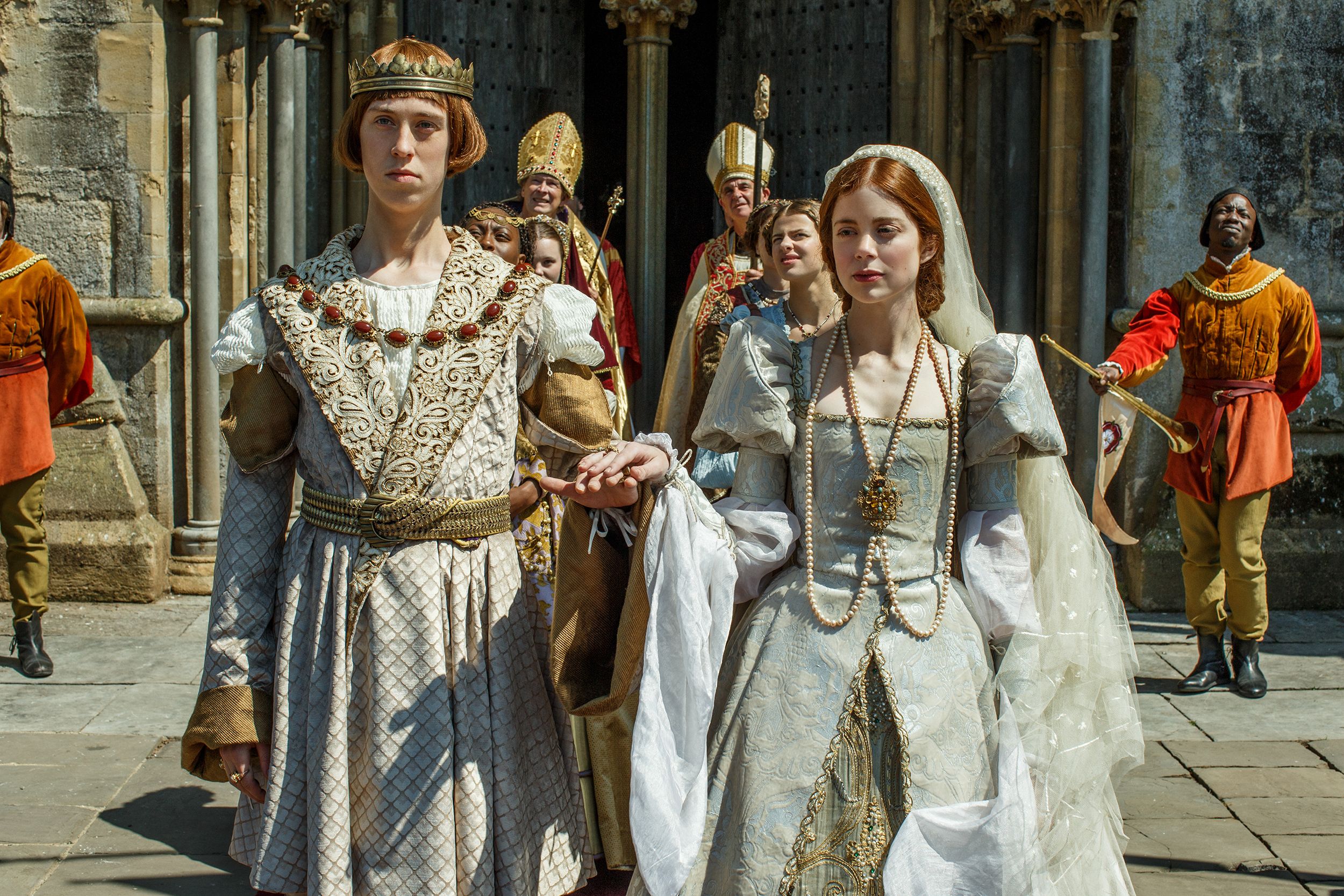
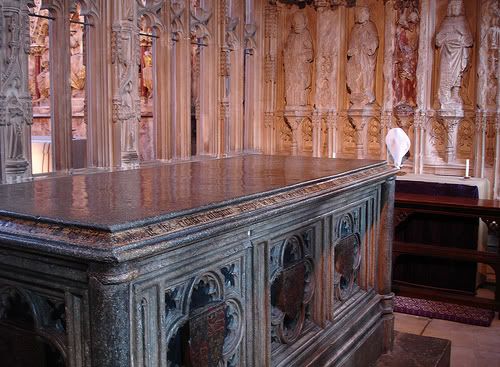
In a month after the wedding, Arthur and Catherine went to Wales, where they established their own household at Ludlow Castle on the Welsh border. Within a matter of months, the pair contracted illness called the ‘sweating sickness.’ Catherine recovered, while, unfortunately, Arthur passed away just 6 months short of his 16th birthday on the 2nd of April 1502, to the great grief of his relatives and his countrymen. The theories of Arthur’s death include consumption, sweating sickness, testicular cancer, and pneumonia, but it seems that he died of the sweat. It does not mean that he was sickly because many people, young or old, perished of the same malady. On the 25th of April 1502, Arthur’s body was delivered to Worcester Cathedral in a special wagon upholstered in black and drawn by 6 horses, also caparisoned in black. As per custom, Catherine did not attend the funeral; the elder Thomas Howard, Earl of Surrey, acted as chief mourner.
At the time of Arthur’s passing, one could say that his short-lived union with Catherine of Aragon had an insignificant historical meaning. But only until King Henry VIII, Arthur’s younger brother, decided to divorce from Catherine years later in order to marry Lady Anne Boleyn. Most of mainstream historians believe that Catherine’s first marriage was not consummated, but there is a chance that consummation actually happened, and I’m inclined to believe that Catherine and Arthur could have been intimate at least once during the months they spent at Ludlow Castle. Yet, we will never learn the truth as Arthur and Catherine took this secret to their graves.
All images are in the public domain.
Text © 2021 Olivia Longueville

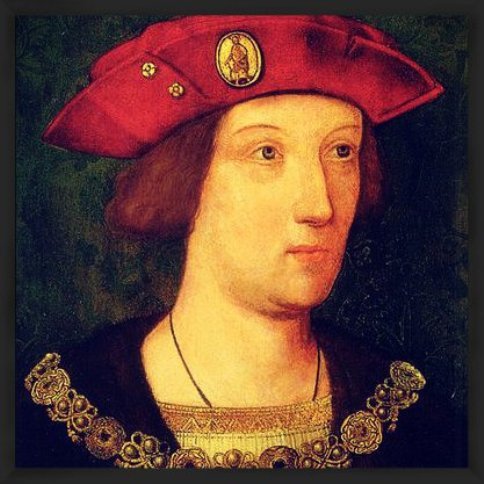




Very interesting and informative article.
Thank you very much! Glad that you like it. Thank you for your kind words!